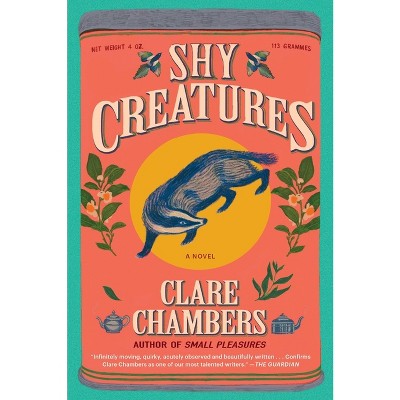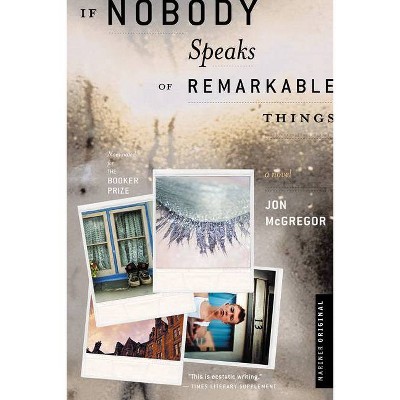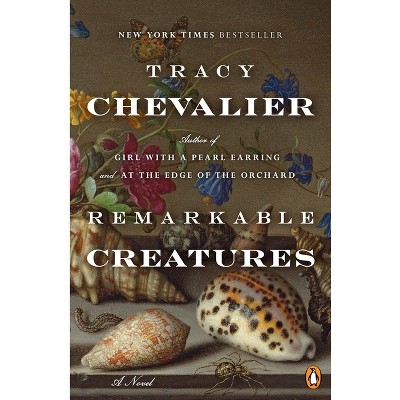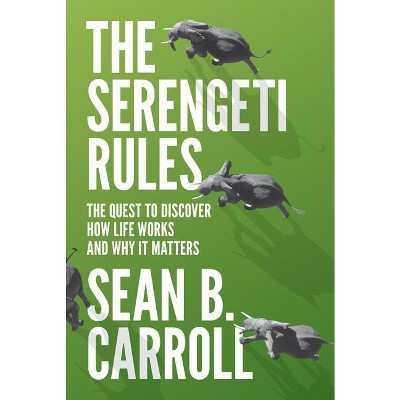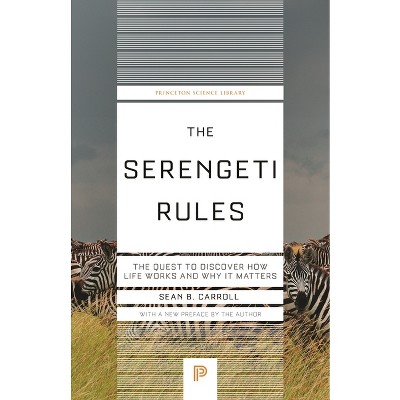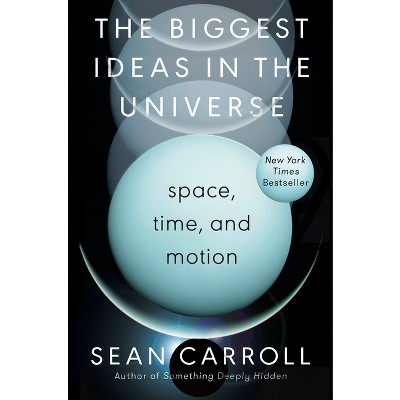Sponsored

Remarkable Creatures - by Sean B Carroll (Paperback)
In Stock
Sponsored
About this item
Highlights
- An award-winning biologist takes us on the dramatic expeditions that unearthed the history of life on our planet.
- Society of Midland Authors Award (Adult Nonfiction) 2010 3rd Winner
- About the Author: SEAN B. CARROLL is professor of molecular biology and genetics and an investigator with the Howard Hughes Medical Institute at the University of Wisconsin.
- 352 Pages
- Science, History
Description
About the Book
An award-wining biologist explores the dramatic expeditions that unearthed the history of life on Earth--from the epic journeys of pioneering naturalists to the breakthroughs making headlines today.Book Synopsis
An award-winning biologist takes us on the dramatic expeditions that unearthed the history of life on our planet.
Just 150 years ago, most of our world was an unexplored wilderness. Our sense of its age was vague and vastly off the mark, and much of the knowledge of our own species' history was a set of fantastic myths and fairy tales. In the tradition of The Microbe Hunters and Gods, Graves, and Scholars, Sean Carroll leads a rousing voyage that recounts the most important discoveries in two centuries of natural history: from Darwin's trip around the world to Charles Walcott's discovery of pre-Cambrian life in the Grand Canyon; from Louis and Mary Leakey's investigation of our deepest past in East Africa to the trailblazers in modern laboratories who have located a time clock in our DNA.
Review Quotes
"These scientific adventurers inspire the author--and will do the same for experts and novices alike--with their fearless dedication to getting at the truth, as far as it can be known. A stirring introduction to the wonder of evolutionary biology." --Kirkus Review, 12/15/08 --
About the Author
SEAN B. CARROLL is professor of molecular biology and genetics and an investigator with the Howard Hughes Medical Institute at the University of Wisconsin. He is the author of The Making of the Fittest and Endless Forms Most Beautiful: The New Science of Evo Devo, a finalist for the Los Angeles Times Book Prize and a best science book of the year in Discover magazine and USA Today.Shipping details
Return details
Trending Non-Fiction






